From the beginning, the audience was enraptured. The ballet opens with wind and thunder before the chords of Queen’s “It’s a Beautiful Day.” As the lights rise on a deceptively bare stage, dancers rise up from the floor, emerging from white, gauzy fabric evoking dawn, in an array of black and white, light and shadow that will become a recurring pattern throughout the performance. For this ballet on love is, of course, set in a time of death, the AIDS crisis. But any love exists within the shadow of physical or emotional death, and Béjart explores these ideas repeatedly throughout the work, at turns both farcical and serious, blithe and self-indulgent.
Bejart’s choreography covers a similar spectrum of movement. It’s grotesque, playful, ridiculous, boisterous, elegant and staccato. Taken together, the choreography expresses the full span of this central human emotion. Dancers sprint, full-speed around the stage in the joyous exuberance of youthful love or passionate industry (costumed in mock business suits, suggesting love of work or success), while one dancer stays locked in a corner, jogging endlessly as if on a repetitive, narrow treadmill of obsessive pursuit (“A Kind of Magic”). The most purely fun sequence of the night, “Seaside Rendez-vous”, perfectly conjures a light-hearted summer fling. In “Seaside,” the choreography, staging and colorful costumes so perfectly align with Queen’s rag-time, vaudevillian style, trite and delightful, familiar yet fresh, that it is hard to believe they weren’t created together.
In another thought-provoking sequence, (“Get Down, Make Love”) unbridled sensuality is interrupted as Freddie (Julien Favreau) calls out in French, “You told us to make love, not war. We made love; why is love making war on us?” The music eases to Mozart’s Concerto 21 and embodiments of love and death perform a gorgeous pas de deux while hospital personnel wheel in dying lovers on gurneys. The gradual intersections and interactions of the dancers on stage is both poignant and life-affirming. The sequence ends with the two dying lovers, their inert, separated bodies dragged upstage to lie together as Freddie entwines their hands, allowing them to reach upwards in shadow and light. It’s an affecting portrayal simultaneously representing the horror of the time and love’s power, beyond death.



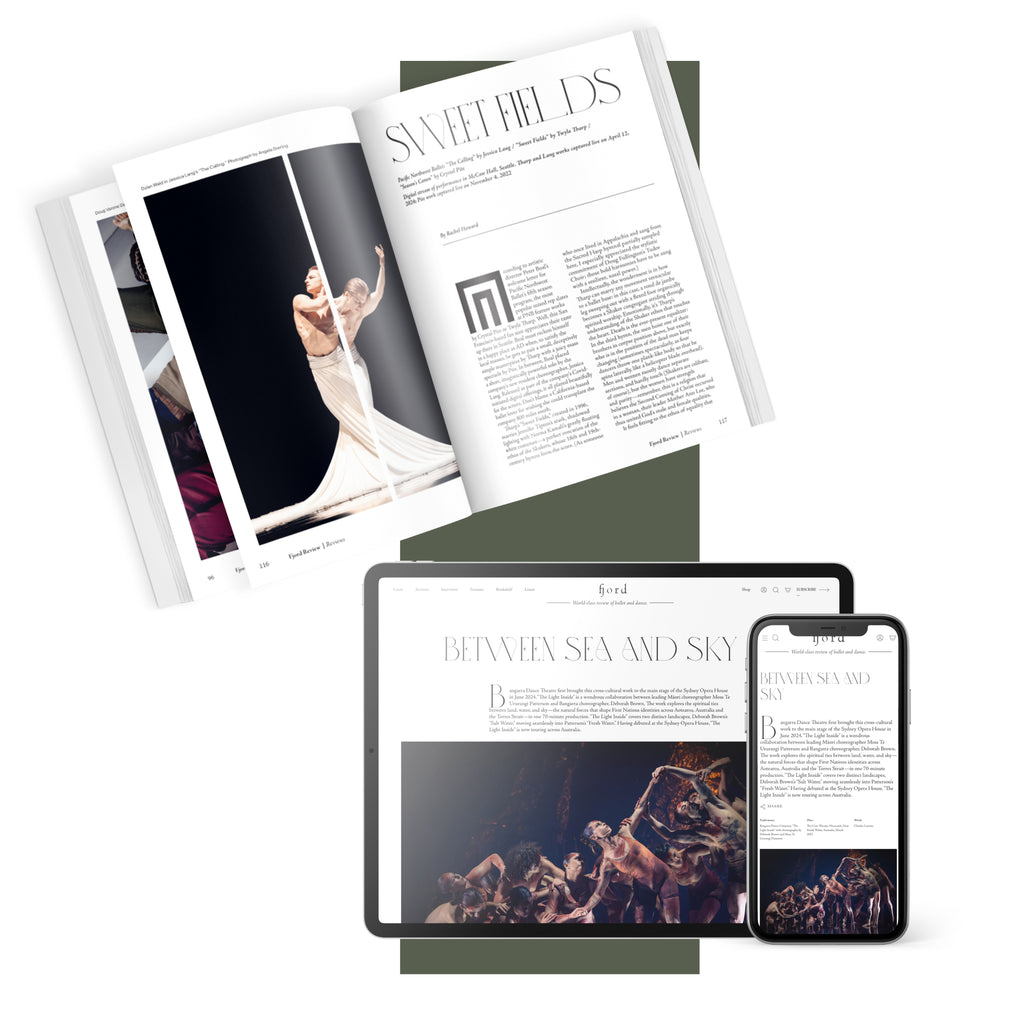
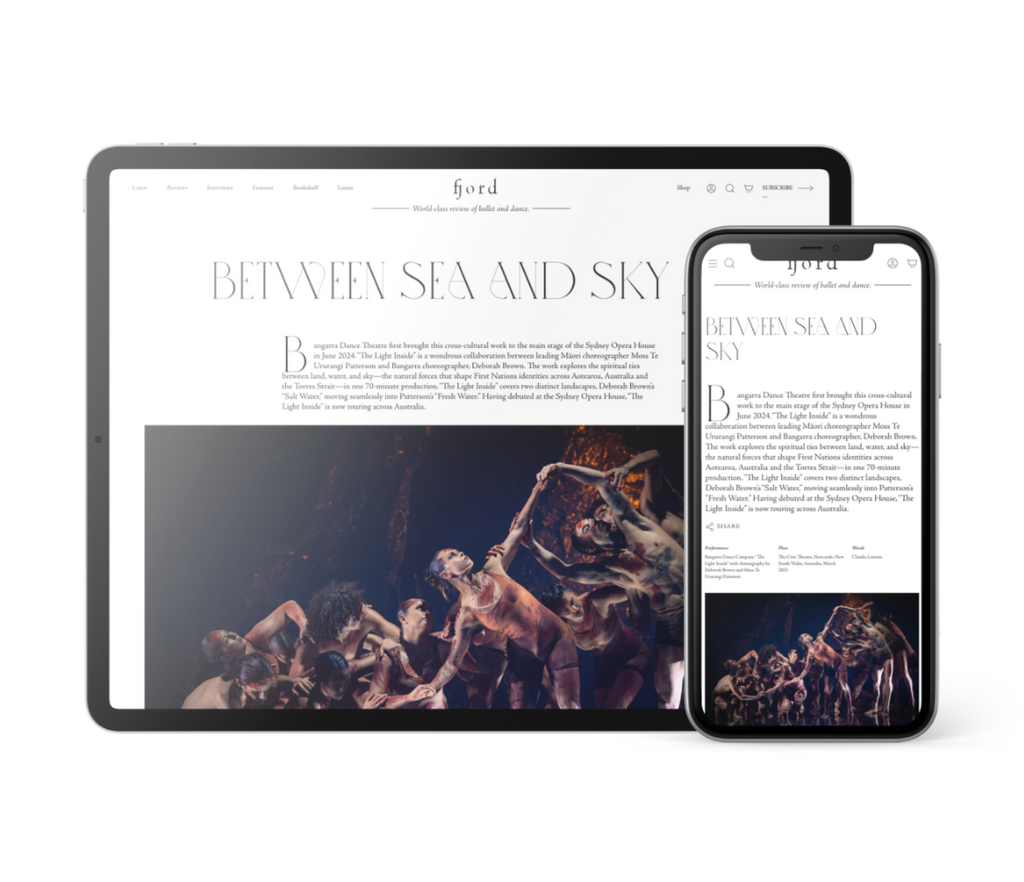


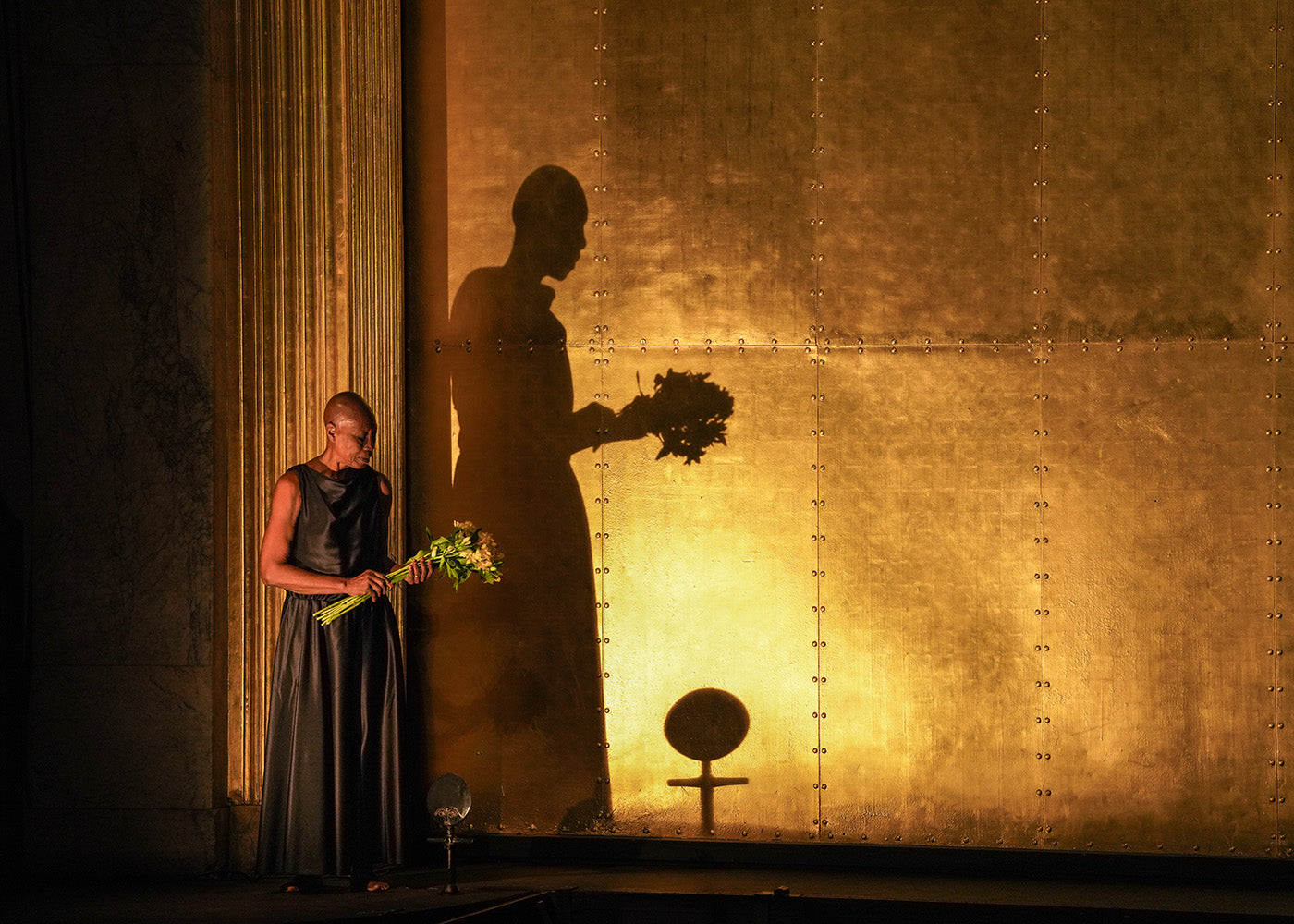
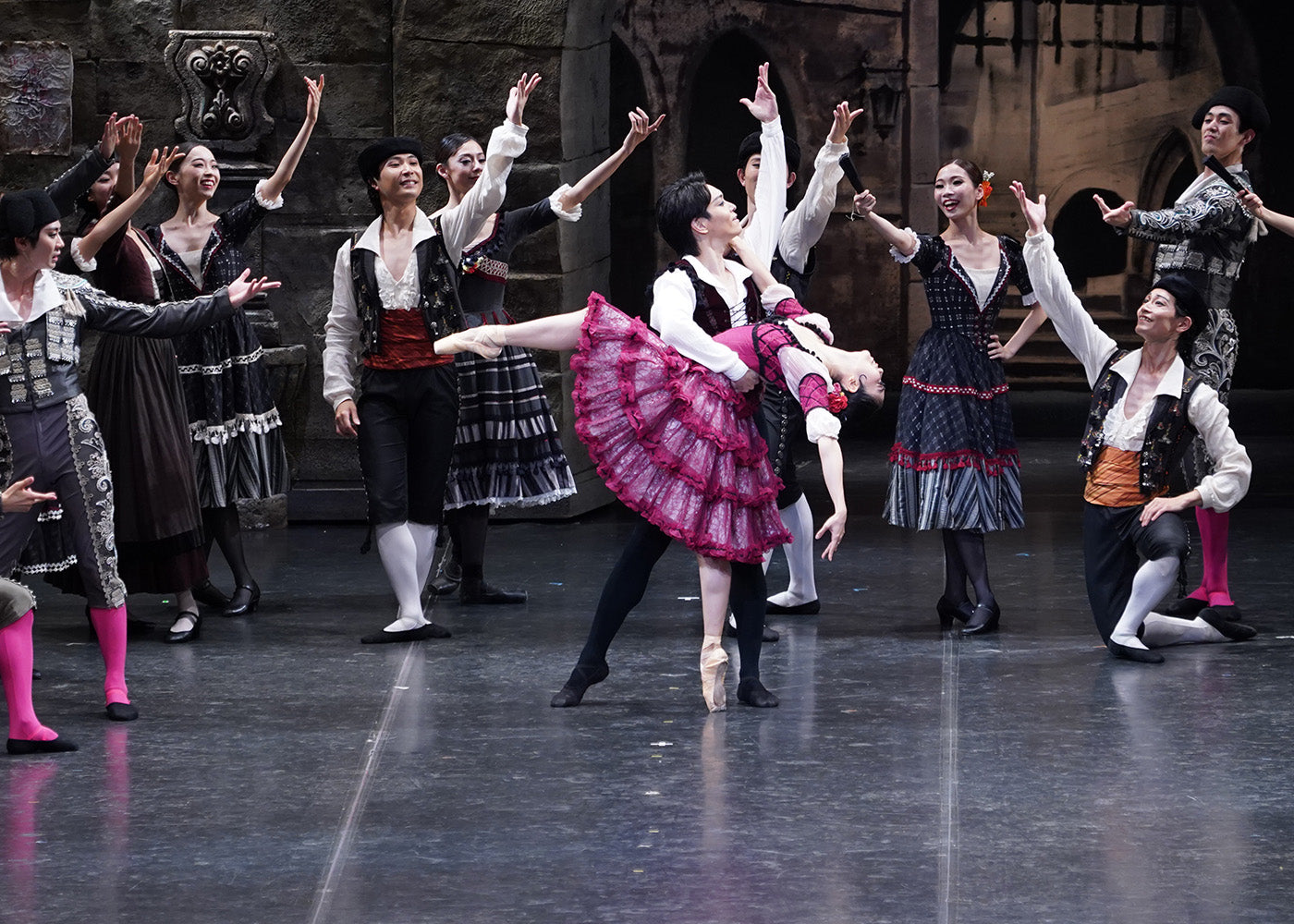
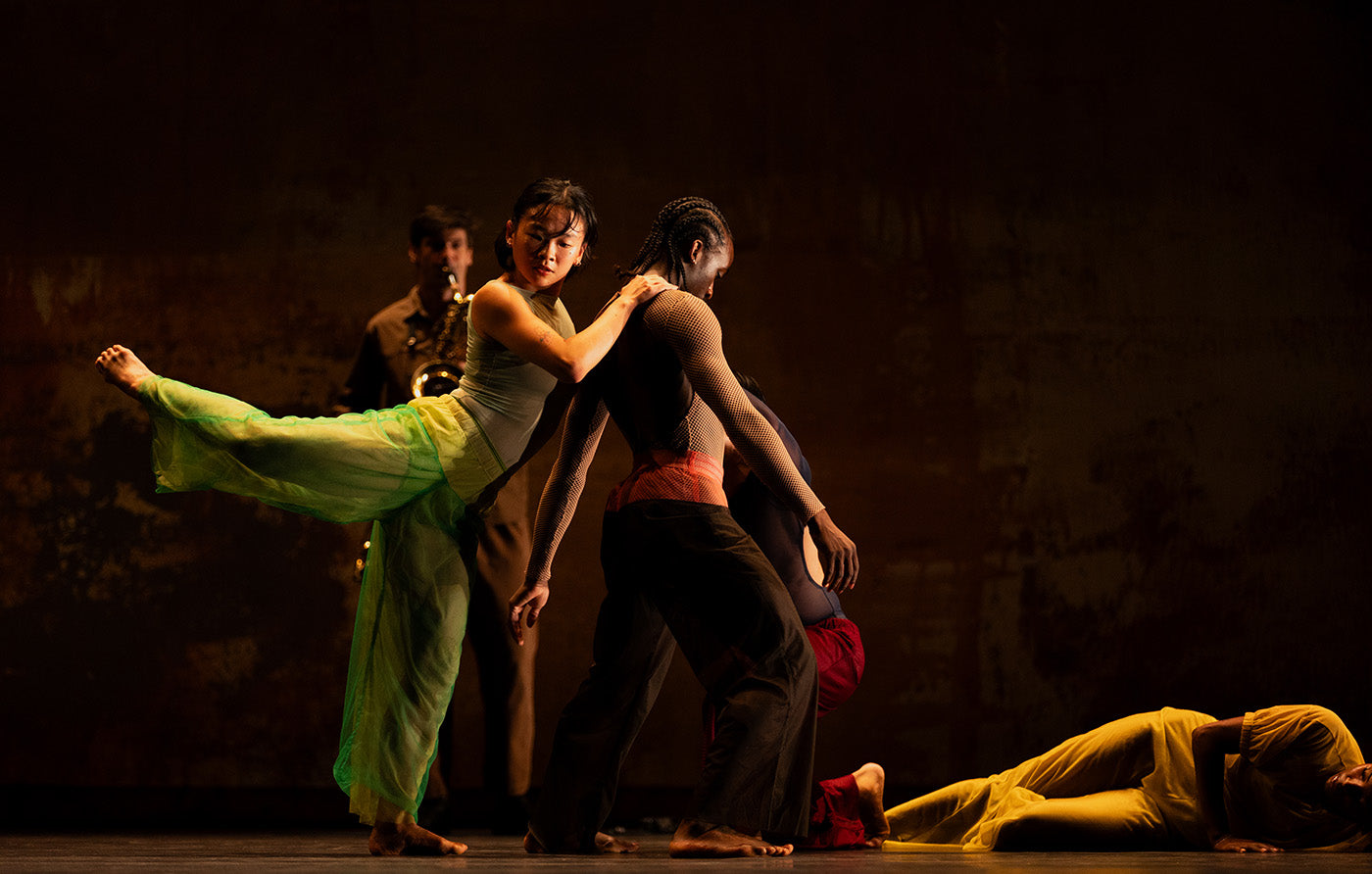

comments